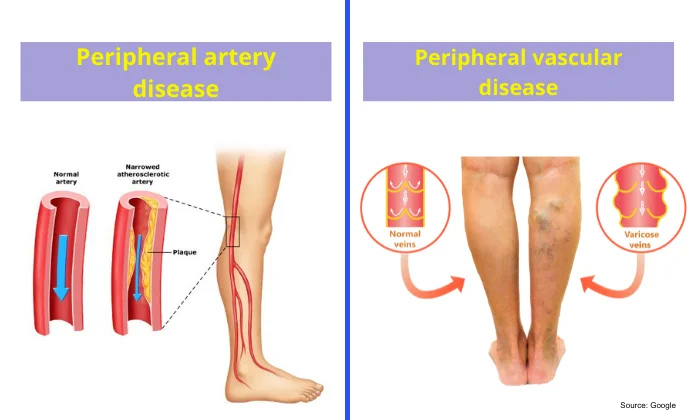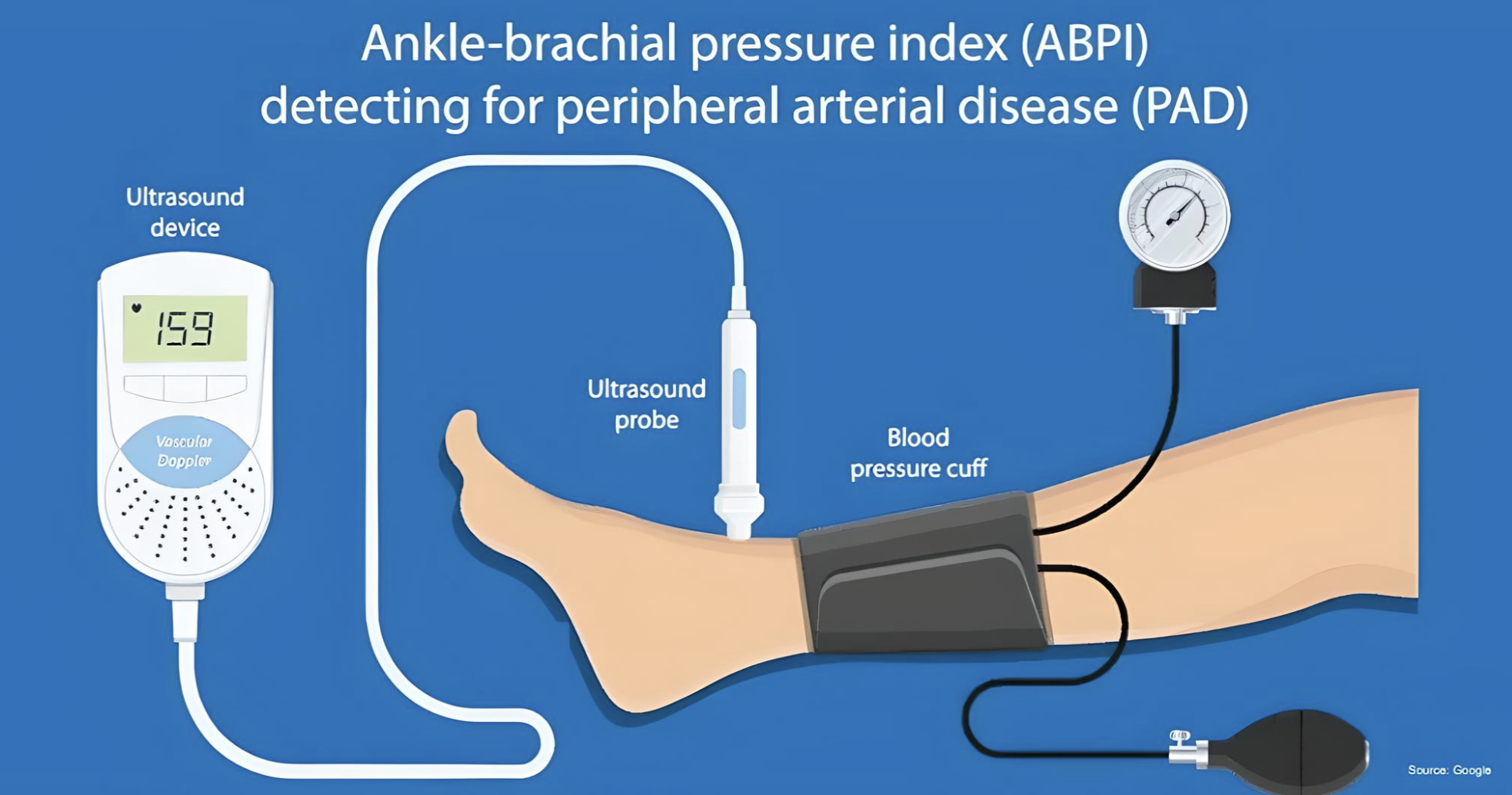Peripheral Vascular Disease (PVD) is a serious condition that may start with subtle symptoms but can quickly escalate into life-threatening complications, especially if left unchecked. For Malaysia, where unhealthy lifestyle habits and a high prevalence of diabetes are widespread, raising awareness of PVD is more important than ever.
This year's World Diabetes Day 2024 theme "Diabetes and Well-being,” offers an opportune moment to focus on the link between diabetes and PVD, emphasising the importance of proactive healthcare and lifestyle changes to prevent limb loss and improve overall well-being.
The Hidden Danger of PVD in Diabetics

PVD develops when blood vessels, especially in the legs, become blocked due to the buildup of fatty deposits, restricting blood flow. In severe cases, this can lead to tissue damage, ulcer formation, and gangrene, with amputation being the only option to prevent further complications. According to Datuk Dr. Kumara Gurupparan, a Consultant Cardiologist at Institut Jantung Negara (IJN), PVD is alarmingly common among Malaysians, especially those living with diabetes.
"While it might seem like a superficial problem, PVD is actually a sign of deeper vascular issues caused by poor blood flow,” explains Dr. Kumara. For individuals with diabetes, who are already at risk due to high blood sugar levels, PVD is an ever-present threat. The disease makes blood vessels brittle, more prone to injury, and susceptible to blockages, leading to a significantly higher risk of developing severe complications, including limb loss.

Diabetes, Lifestyle, and the Risk of PVD
"Diabetes and Well-being,” focuses on the holistic health of diabetics, extending beyond mere blood sugar management to encompass overall vascular health. Dr. Kumara highlights that lifestyle factors such as smoking, poor diet, and lack of physical activity significantly accelerate the progression of PVD, especially among younger adults who are increasingly developing diabetes in their 40s and 50s.
“Malaysia faces a double challenge: a high prevalence of diabetes—affecting about 20-25% of the adult population—and rising smoking rates among the youth. Both factors are contributing to a worrying increase in PVD cases,” Dr. Kumara warns.
Early Detection and Intervention: Keys to Preventing Limb Loss
One of the most alarming aspects of PVD is that it often goes undiagnosed until it reaches an advanced stage, where limb amputation becomes a real risk. However, early symptoms, such as pain in the buttocks, thighs, or calf muscles after walking short distances can serve as red flags for the condition. For diabetic patients, recognizing these signs and seeking early intervention is crucial.
At IJN, Dr. Kumara treats a significant number of PVD patients with advanced techniques like peripheral intervention, a minimally invasive procedure that uses wires, stents, and balloons to expand blocked blood vessels, reducing recovery time significantly. “The earlier we catch PVD, the less invasive the treatment needed, and the better the patient outcomes,” he says.
Prevention: The Best Cure for PVD and Diabetes

While innovative treatments are available, Dr. Kumara stresses that prevention remains the best approach. Regular medical checkups, managing blood sugar levels, controlling high cholesterol, and maintaining blood pressure are critical steps toward preventing PVD. Dr. Kumara advises:
Diabetic patients: Schedule a doctor's visit every 4-6 months to monitor blood sugar levels.
Hypertension patients: Regularly check blood pressure and adhere to prescribed medications.
Smokers: Quit smoking to drastically reduce the risk of vascular diseases.
General public: Engage in regular physical activity and adopt a balanced diet to improve vascular health.
By integrating these strategies into daily life, the risk of developing PVD and its severe consequences can be minimized, ultimately enhancing the well-being of those living with diabetes.
Stay ahead of health risks with IJN's comprehensive screening packages designed for early detection and prevention. Find out more about our Health Screening Services at ijn.com.my.
The views expressed here are those of the author/contributor and do not necessarily represent the views of Malaysiakini.
Interested in having your press releases, exclusive interviews, or branded content articles on Malaysiakini? For more information, contact [email protected] or [email protected].

